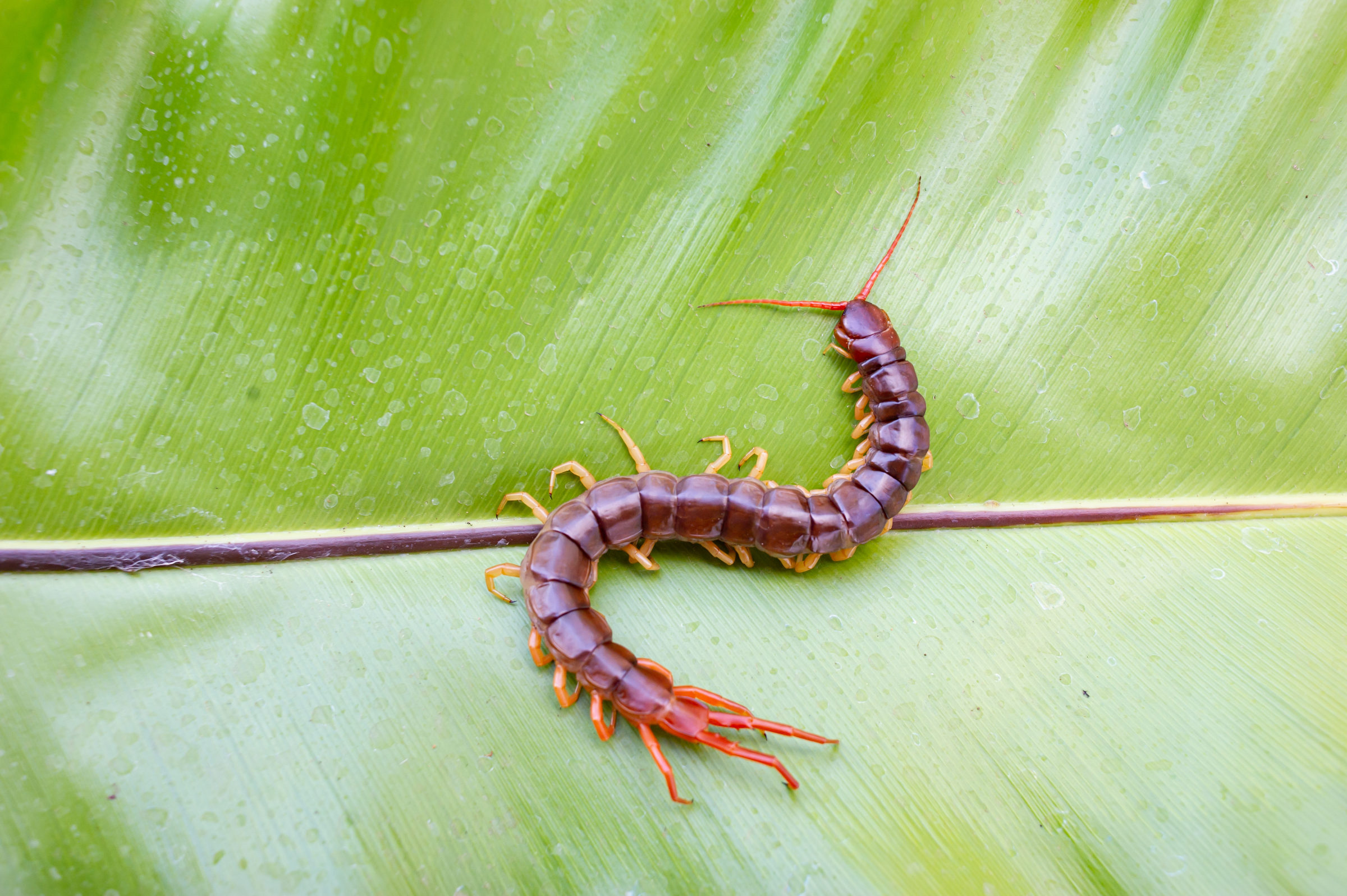Most domains of life rely on light-sensing proteins or organisms to help them sense light. Even smaller single-celled microbes respond to light by relying on proteins that tell them when light is being registered. However, there is at least one exception to the rule. According to findings published in the Proceedings of the National Academy of Sciences, centipedes don’t see by relying on visible light.
Instead, these creepy crawlies appear to rely on nonvisual-based detection systems that register changes in the temperature. This major difference between how centipedes see and how other organisms see is most likely tied to the fact that centipedes live most of their lives in darkness, hiding under rocks and other things. As such, they don’t need to be able to register light in a normal fashion.
Instead, centipedes see by registering the changes in the temperature around them. Of course, that doesn’t mean that every species of centipede see with heat exclusively. Some have what look like eyes and even contain some cells that can respond to light. However, the studies of these organs have shown little to no major impact on how centipedes respond to light as a whole.
And, because these light-sensitive proteins all tend to have similar structures, they’re very easy to locate within the creature’s gene pool. So how exactly do centipedes see, and how did scientists figure it out?

According to the research published in PNAS, a group of Chinese researchers used a system that exposed centipedes to light. They then observed the centipedes in infrared to try to understand how they see. They noted that the antennae on the centipedes appeared to heat up in the light. Within 10 seconds, the temperature of the antennae had risen over eight degrees Celsius.
From there, the researchers made tiny tinfoil hats and placed them over the antennae and found that the centipedes had a much tougher time seeing and sensing light. This made it harder for them to discover darkened areas like those they normally live within. These observations have led the researchers to believe that the antennae may play a major role in how centipedes see changes in light.
The researchers continued digging into the gene responsible for these changes and noted that centipedes appear to see using an indirect sensory system. So, while they don’t see visible light, they can sense the changes in the light because of organs on their bodies that heat up when light interacts with them.
It’s an intriguing discovery that no doubt may apply to other insects like some millipedes that do not use visible light to see the world. Additionally, scientists currently have no clue how the antenna is structured in such a way that it heats up selectively the way that it does. Perhaps that is another mystery the researchers will find themselves solving somewhere down the line.







